10 Things You Should Know Before Road Tripping New Zealand
Taking a New Zealand road trip was a dream come true for us. It was a trip we didn’t expect to be taking so soon in our lives. But then our friends, Heath and Alyssa, were also thinking of visiting New Zealand, and we couldn’t pass up the opportunity to travel together and add New Zealand to our #10for10trip.
This trip was a bit out of character for us. Normally, we plant ourselves in one place for several weeks so we can work, maintain our exercise routine, and save money. With New Zealand’s scenic beauty and relatively high cost of living, we made some compromises.
After staying in a Queenstown Airbnb for a few days, we stretched our budget to rent a no-frills campervan (more about that in an upcoming blog post). We were on the move for the following two weeks, camping in a new spot nearly every night.
Despite the stretch from our usual travel style, we enjoyed road tripping New Zealand immensely. And we learned quite a bit, which we wanted to share with other travelers looking to do a campervan road trip in New Zealand.
So here are some important things to know before your first New Zealand road trip:
1. Everywhere is beautiful
We road tripped around the South island of New Zealand, and everywhere we went was stunning. New Zealand is like a bunch of National Parks filling an area the size of Colorado and plopped into the ocean. Here are a few photos to give you a taste.
You can’t really go wrong on the South Island. If you had less than one week and stayed in only one place, you could still see amazing beauty and have a worthwhile trip.
Queenstown is a great starting point, with so many scenic drives to some of the most beautiful areas – Arrowtown, Wanaka, Lake Hawea, Glenorchy, Lake Pukaki, the Fjordlands and Milford Sound, and so much more! We also really loved Oamaru on the East coast.
2. New Zealand Caters to Campervans
Our travel buddies, Heath and Alyssa, live in an RV full-time in the U.S., and they were very impressed at how friendly New Zealand is to motorhomes and campervans. (You can see their New Zealand videos and podcasts from their classy campervan at heathandalyssa.com.)
Campervans are everywhere! Not only are there ample facilities like public bathrooms, dump stations, and parking for large vehicles, they’re also well signed. For trip planning on the go, the Campermate app provides a comprehensive resource for campsites as well as other facilities – from hot showers to LPG gas refill stations – and points of interest. Campermate and Rankers, which also has campground info, were invaluable to our trip!
Outdoorsy is like Airbnb for RVs. It’s where RV owners rent out their RVs when they’re not using them.
If you’ve always wanted to try out a motorhome, or want to upgrade your New Zealand road trip with a cute Airstream, consider renting through Outdoorsy. Their customer service and reviews have outranked the other top RV rental companies. You can search listings by vehicle type and location. Some owners will even deliver the motorhome to your door!
*Take $50 off your Outdoorsy rental with coupon code: intentional
Browse and book RVs, motorhomes, trailers, and campervans on Outdoorsy here
3. Know Your Seasons and Camping Options
New Zealand is in the Southern hemisphere and, therefore, the seasons are opposite to what we’re used to in the States. We visited in April, which is their Fall. Christmas and New Years are warm and extremely popular for travel. But Fall is “shoulder season,” as the weather and the crowds start to chill.
Uncharacteristically, the first snowfall of the year happened in the middle of our trip. Temperatures at night were often in the 30’s and 40’s Fahrenheit. Needless to say, travelers should be prepared for the weather to fluctuate. This is important for how you pack as well as the vehicle you choose to rent.
Two things we weren’t used to about camping in New Zealand were 1) campfires are often not allowed and 2) many campsites are restricted to self-contained vehicles.
Self-contained vehicles have their own toilet, fresh water, and waste water storage. The idea is that you can camp without leaving any trace or needing any public facilities overnight. Self-contained campsites are strictly enforced and if you don’t have the official blue sticker on your vehicle, you could get a hefty fine. New Zealanders are very wary of campers using the wilderness as a toilet or kitchen sink.
Having a self-contained campervan gives you access to more campsite options, which in turn allows more flexibility and spontaneity. Some rural areas in New Zealand allow no cost “freedom camping,” but again, some of these are for self-contained vehicles only. Since our van was not self-contained, we had to do more research to make sure we could find a suitable campground each night.
Only 10% of the campers we saw were using tents in the Fall. The next step up would be van or car camping. This allows more protection from the weather at night. We were fine with the duvet provided in our van, but it might not work as well if you don’t have a second person for body heat. And you’re still more exposed to the elements than motorhome, especially when your cook stove requires the back door to be open and it doesn’t work in the wind!
With no campfires allowed, this meant additional limitations for generating warmth and for cooking. Just something to be aware of!
4. Learn Some Lingo
We found some variations in vocabulary in New Zealand. Many place names come from native Maori words, so they can be a challenge for foreigners to pronounce correctly. For example, we wanted to say Wa-NA-ka but it’s actually pronounced WA-na-ka. There are also some more common words that are useful to know on a campervan road trip:
– tracks = trails, hikes
– campervan = motorhome, RV
– domain = park
5. Know the Rules of the Road
As a foreigner road tripping in New Zealand, it’s very important for everyone’s safety and sanity to learn the rules of the road. The big one for Americans to get used to is driving on left.
Other things you might need to know about driving in New Zealand:
– When approaching a roundabout, give way to drivers on your right and anyone already in the roundabout
– No turns are allowed on a red light. You must wait for a green turn arrow or a green light.
– Pedestrians and bikers have right of way on the road
– Use pull outs and passing lanes to let faster vehicles pass you on highways
– You can get a fine if you park facing the wrong way on the side of the road
6. The Cost of Living Counts
Coming from Southeast Asia, we had serious sticker shock in New Zealand! Normally, we would try house-sitting or a volunteer exchange in a country with a higher cost of living like this. But in New Zealand, a work visa is required for Help Exchange, Work Away, WOOFF, or other exchanges where you receive a benefit like free food or lodging. (We didn’t have time to apply for a work visa.)
If our calculations are correct, gas costs in New Zealand come to over $6 per gallon. Grocery costs seem slightly higher than the States, and eating out is even more expensive.
Although camping is certainly more affordable than hotels or Airbnbs (rooms in Queenstown started at $60/night for a shared bathroom on Airbnb), even campsites are fairly expensive. In fact, the most common comment in the campground reviews I read was something like: “over-priced for what you get.” I saw this comment on so many different campsites!
Department of Conservation campsites with basic facilities – like a drop toilet and sink – start at $8 NZD per person (about $6 USD). Holiday Parks, which offer more amenities, are $20-$35 NZD per person ($30-$50 USD for a couple) but often laundry and showers are an additional fee.
A higher priced campground did not necessarily indicate better quality or more amenities. We stayed at some free sites that were much nicer than paid sites. The best way to differentiate which ones have a better value is to read their reviews.
7. Plan Ahead for Wifi and Charging Stations
For a developed country, public wifi is relatively hard to find in New Zealand. When it’s available, often users are limited to a certain number of MB per day. We were surprised that even coffeeshops don’t always have wifi. We saw very few coffeeshops that were actually set up for people to work from them – one exception being the shop pictured above, Forage Cafe in Cromwell.
We did find that wifi and outlets are free to use at the i-SITE visitor centers. Otherwise, cell data is your best bet if you need to stay connected. Even then, coverage can be spotty in some areas.
Spark is supposed to have the best cell phone coverage at this time, so we picked up a sim card in Queenstown. They have data-only plans they don’t really advertise. We purchased 4.5 gigs of high speed data, which came with an additional gig for social media, for about $30 USD. That worked for us in about 90% of the places we stopped.
Our friends purchased a daily wifi package for their Wilderness motorhome at $10 per day. It worked surprisingly well in some random, remote areas!
8. A Quick Note About Credit Cards
Credit cards with a chip are widely used in New Zealand, however, their local cards also have a pin number and American ones don’t. This usually isn’t a problem except when you’re charging at an unmanned machine. For example, you can’t use U.S. credit cards at unmanned gas stations because they require a pin number.
Debit cards, on the other hand, should work everywhere. We preferred to use our travel credit cards to avoid foreign transaction fees and earn miles, so there were a couple instances when we had to find an alternate gas station we could use.
Click here for more tips about cash, credit cards, and ATMs for travel.
9. Be Careful of Customs Inspections
Watch out – you could be stopped in your tracks!
New Zealand has some of the most strict security for agriculture and imports. It’s all to prevent unwanted pests and diseases from being introduced to the island.
When you arrive at the airport, it’s important to declare everything in your checked luggage and carry on that might be a risk – i.e. anything food related. Otherwise, you could get fined on the spot. There are amnesty boxes to dispose of items that aren’t allowed, like fruit, vegetables, and honey. Learn more about what’s allowed on the official website.
Coming from Vietnam, we made sure all the gifts and food we bought were commercially packaged and unopened. We washed our shoes. We also put all our food items in one bag so they were easily accessible. At the airport, we were interviewed in detail about all of these things, then our bags were scanned, and several of our bags were opened for further inspection. Fortunately, everything passed, including tea, coffee, packs of noodles, and other snacks from Southeast Asia.
10. No worries.
This is a common phrase down under, and it’s worth remembering when you travel through New Zealand. Maybe you’ll face rain or snow, maybe it will take you longer to drive than it seems on the map, maybe the campsite you want will be full. Maybe the biggest herd of sheep you’ve ever seen will block the road for a bit. No worries!
New Zealand is beautiful and the people are friendly. Be in awe. Be in wonder. Respect the land. Follow the rules (because most rules are strictly enforced!). And enjoy your campervan road trip!
✈️ Protect your New Zealand trip with Travel Insurance – We’ve started using Nomad Insurance by Safety Wing for affordable evacuation, international medical, and trip coverage.
Like this post? Save it for later or share with friends!

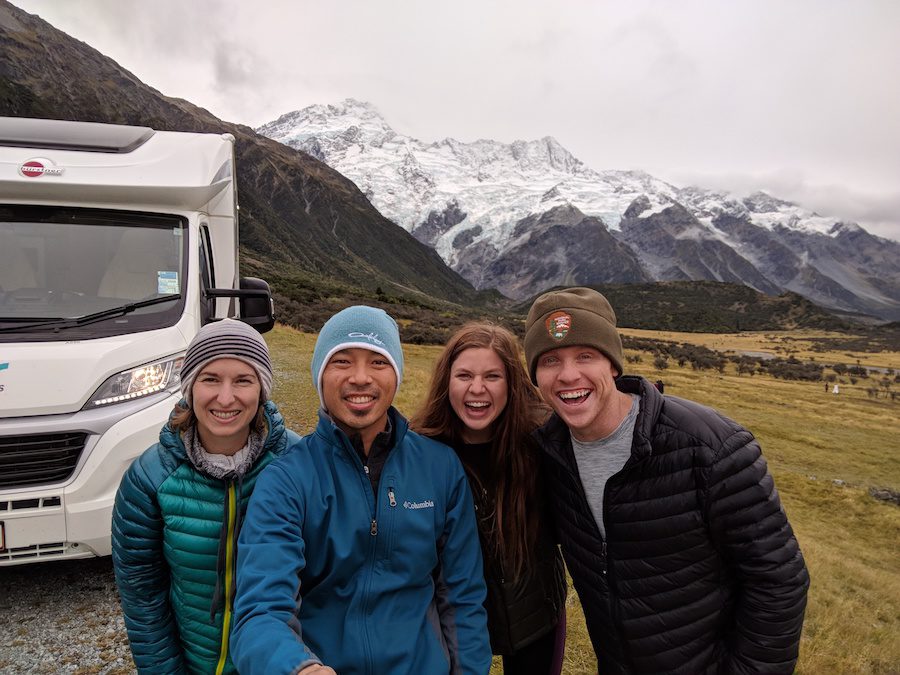
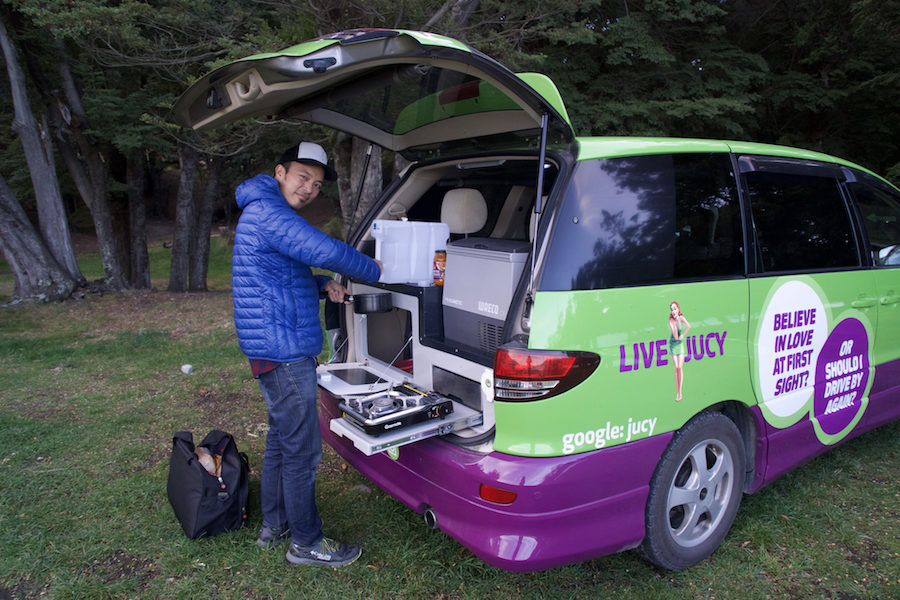
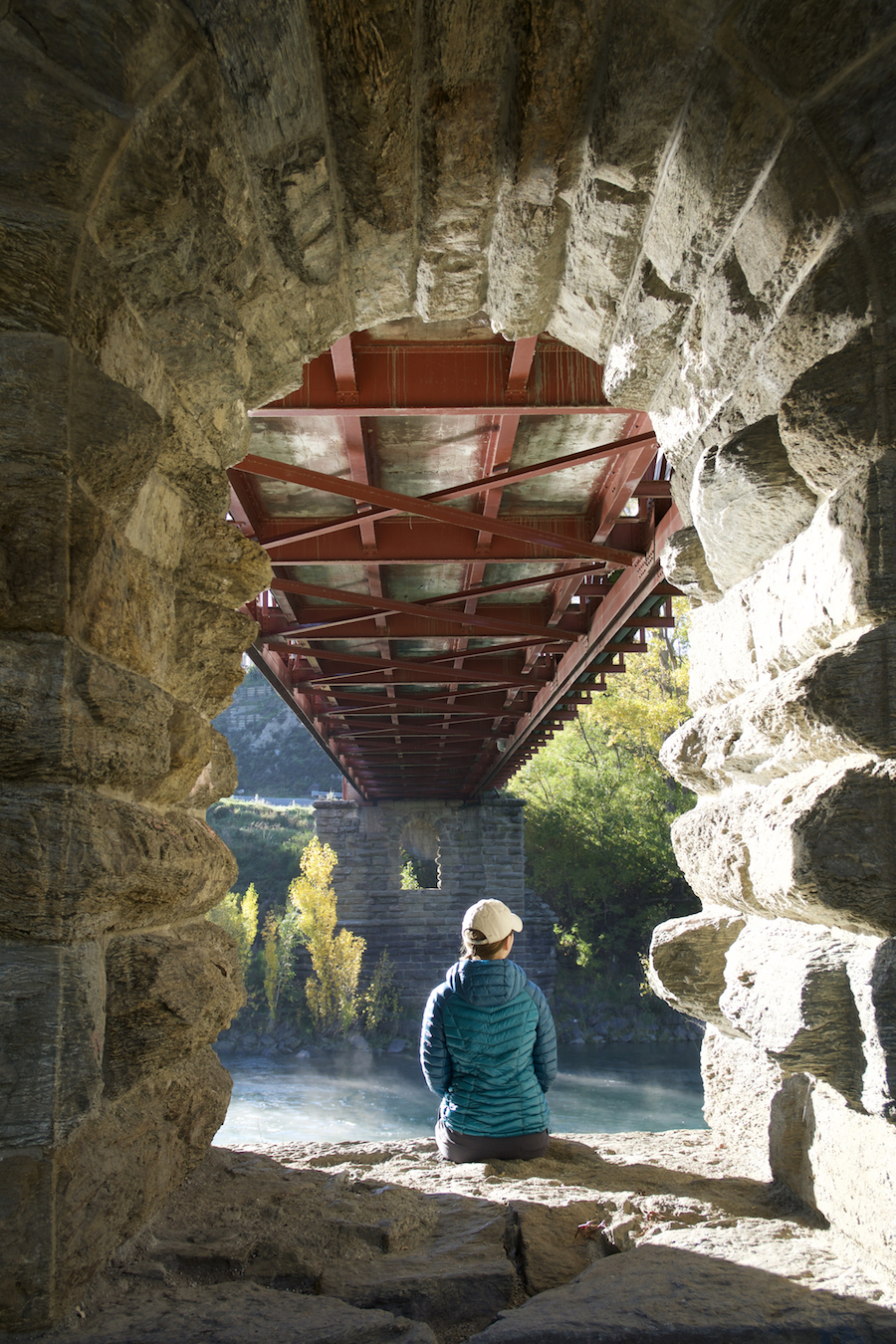
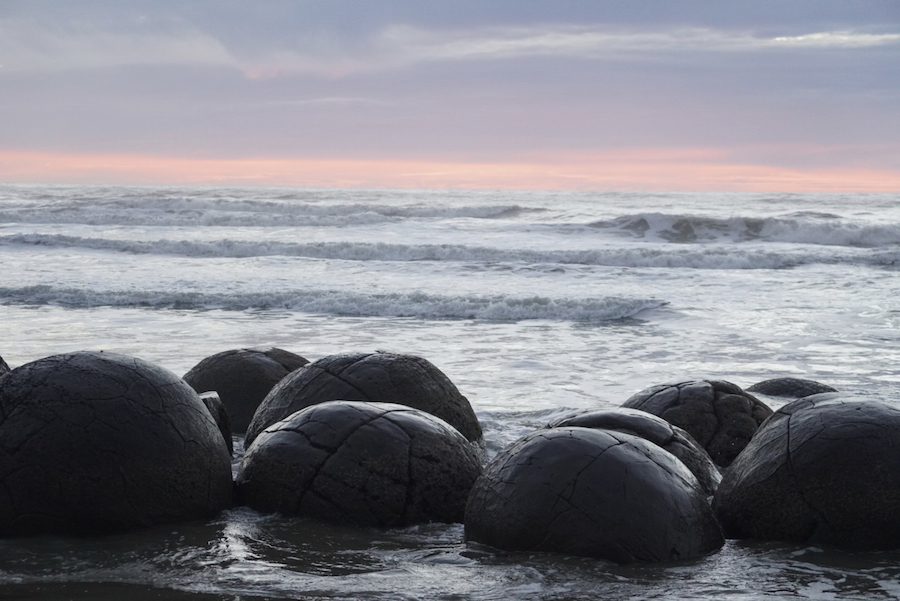
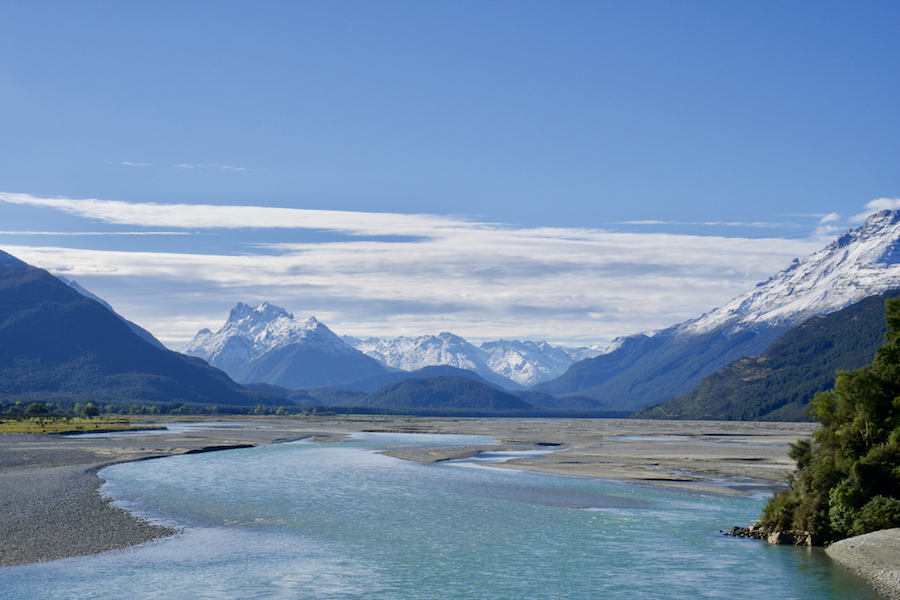

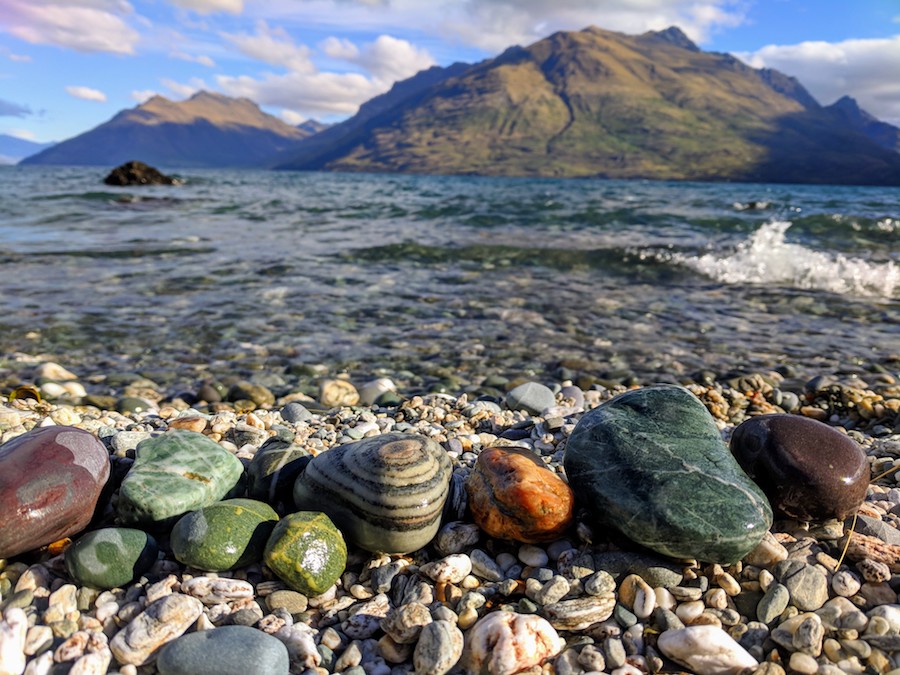

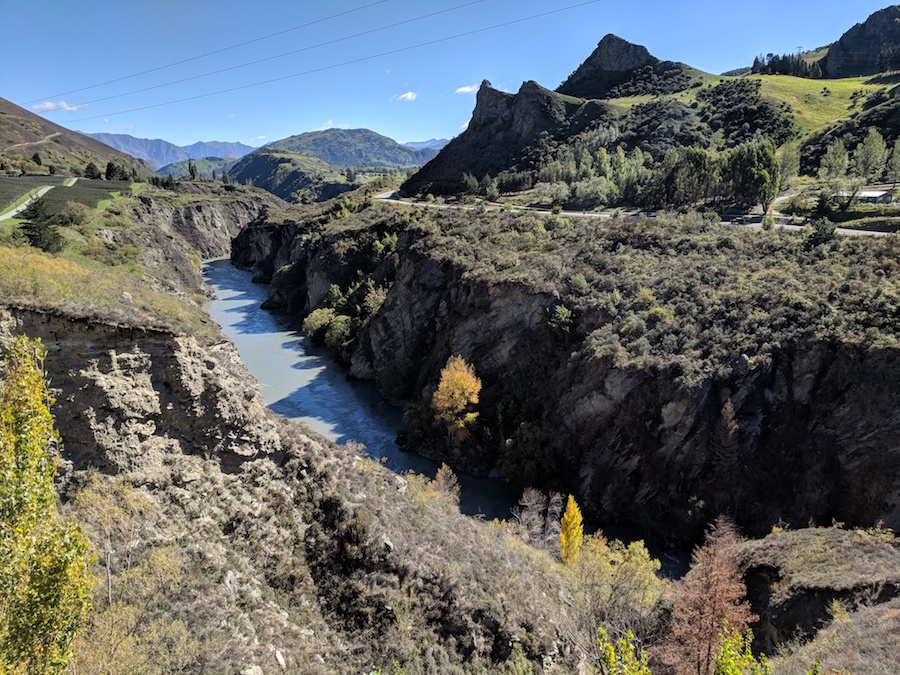
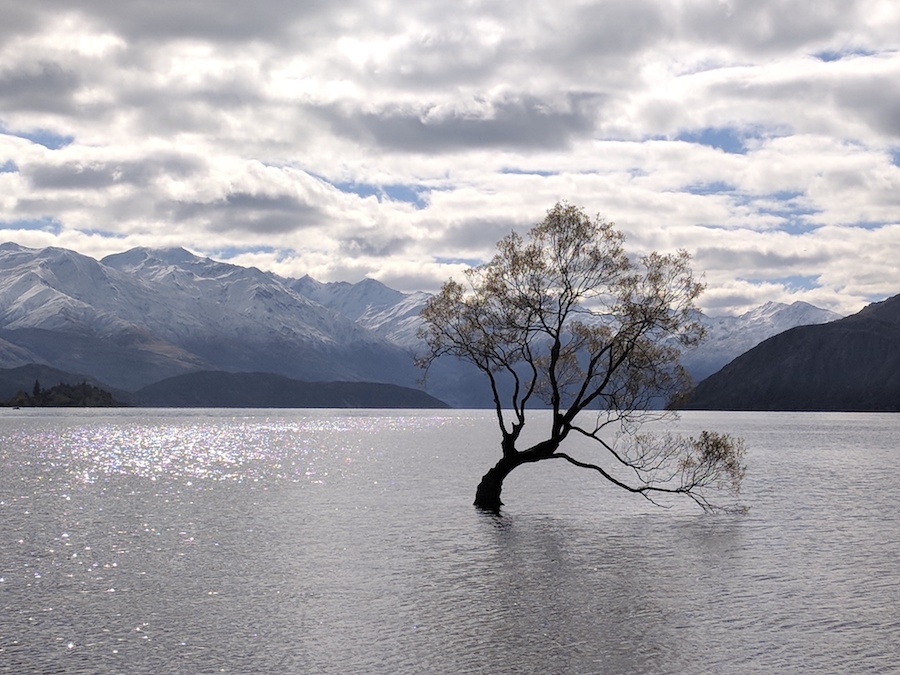
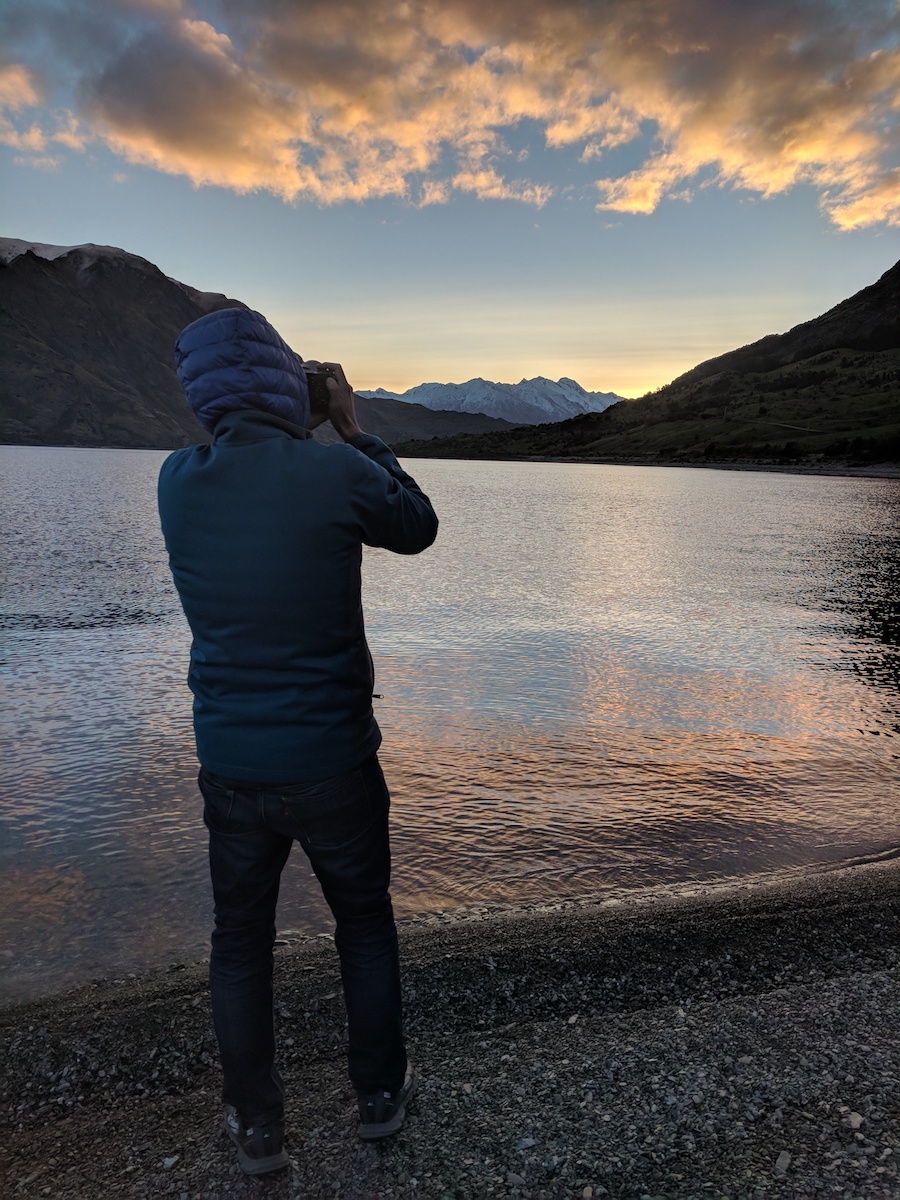

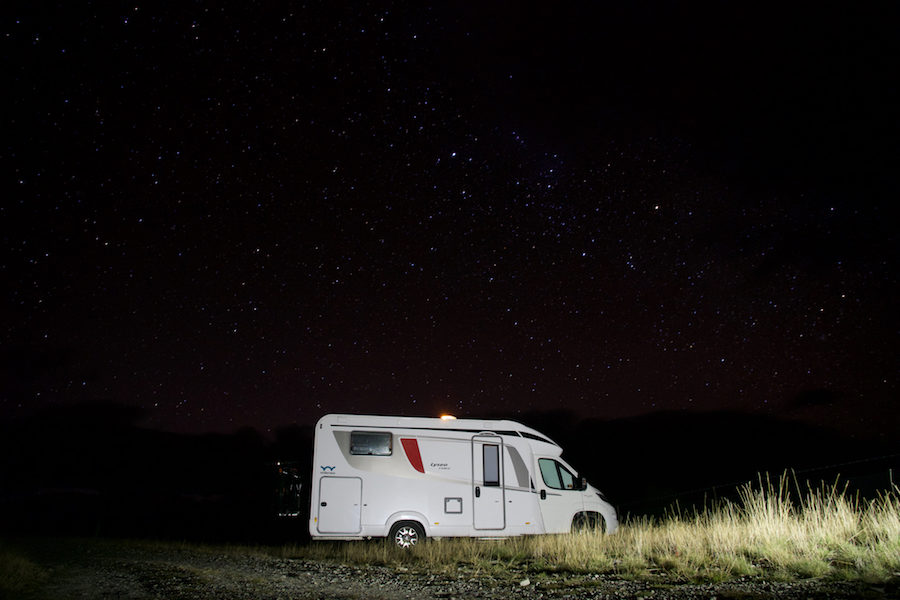
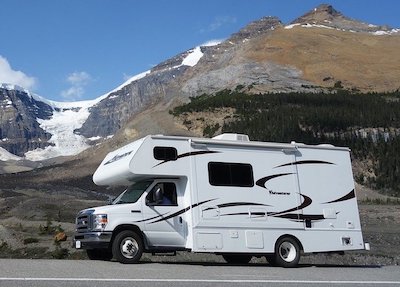
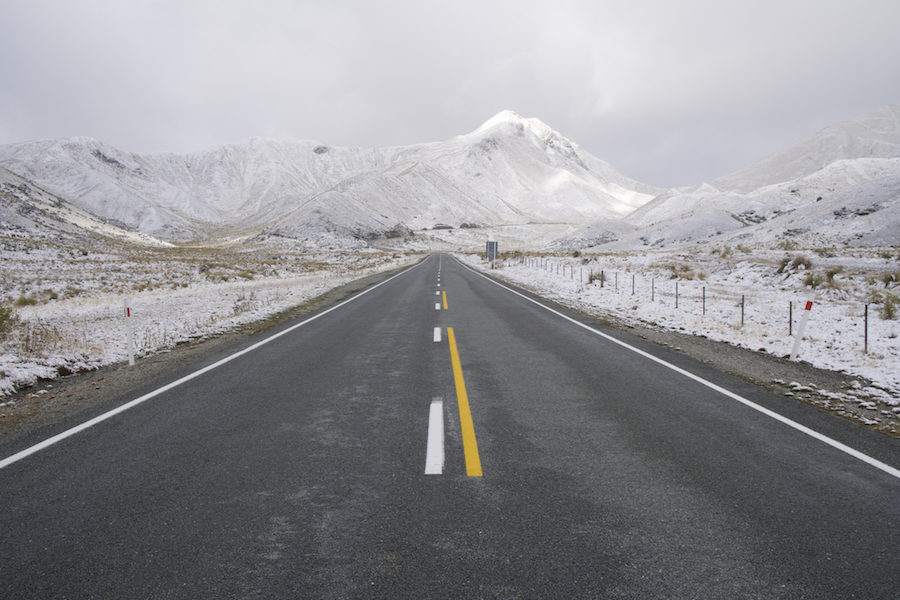
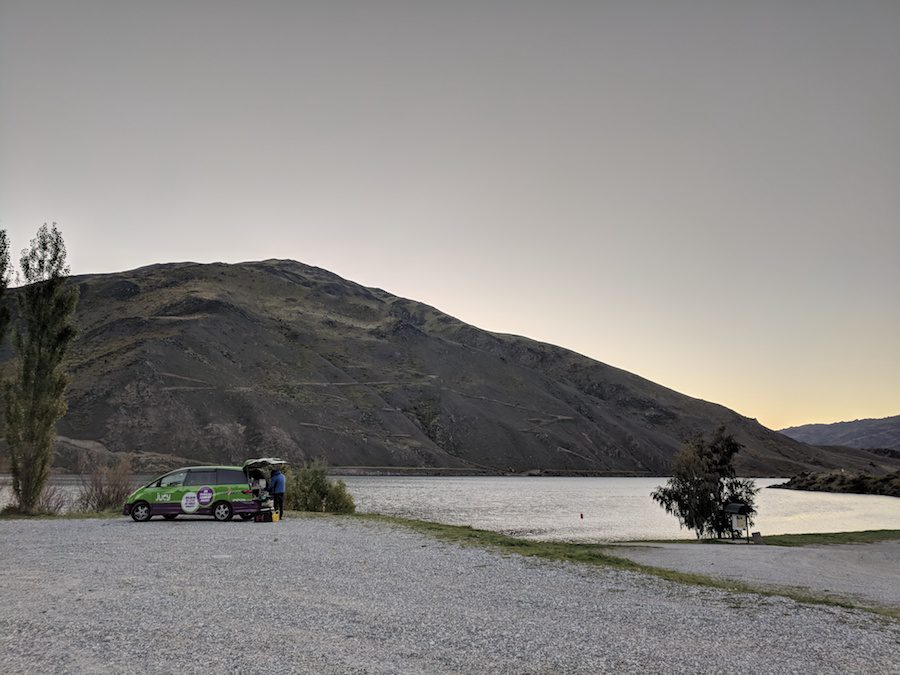
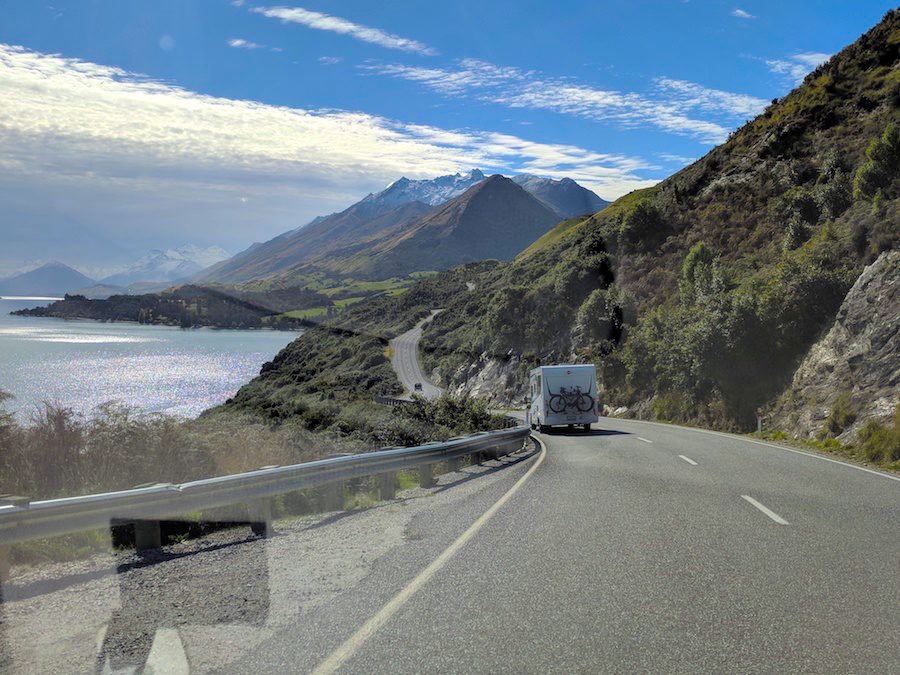
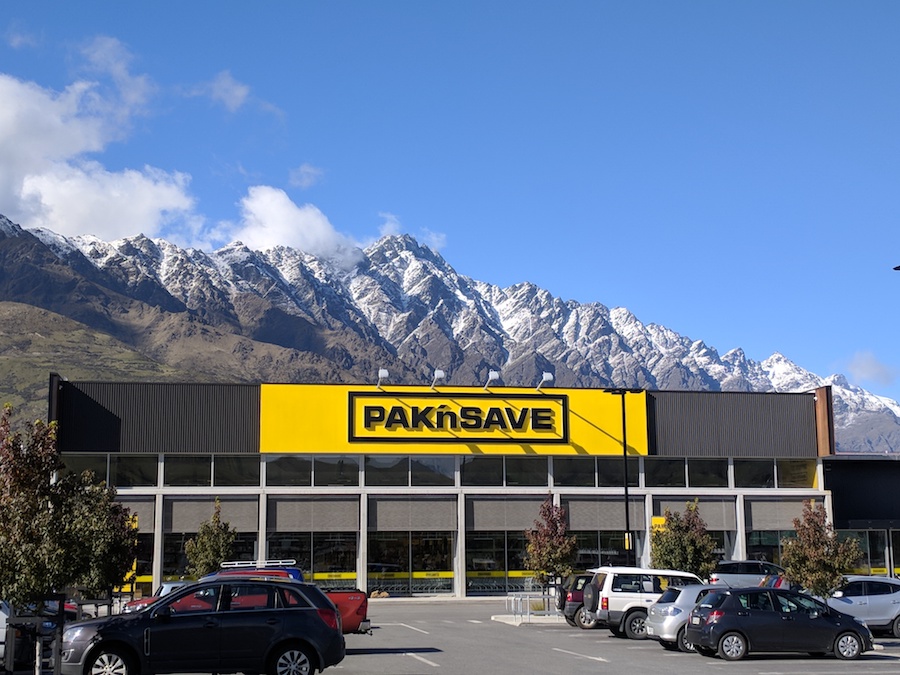

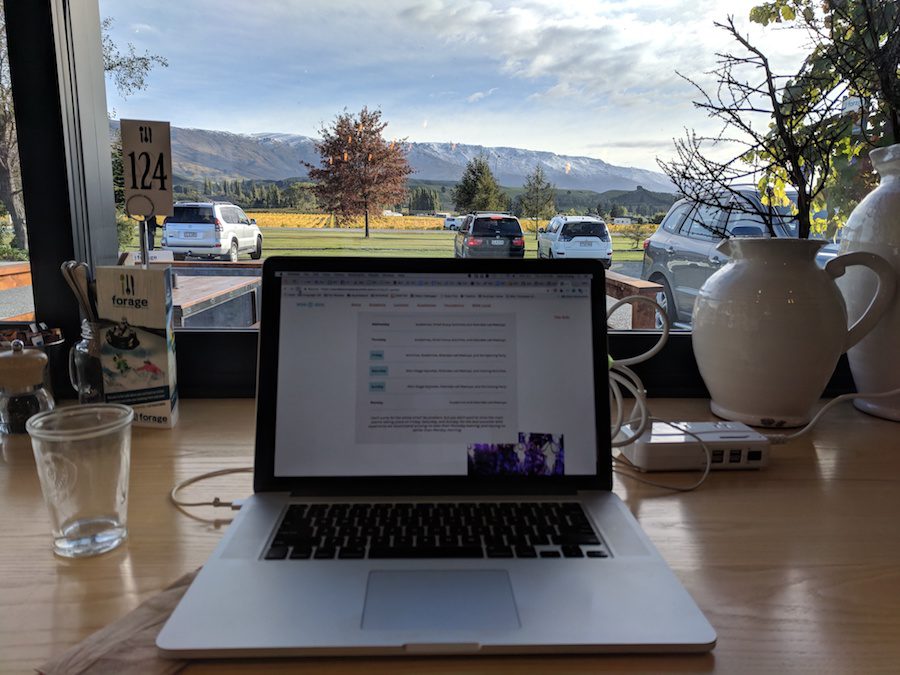
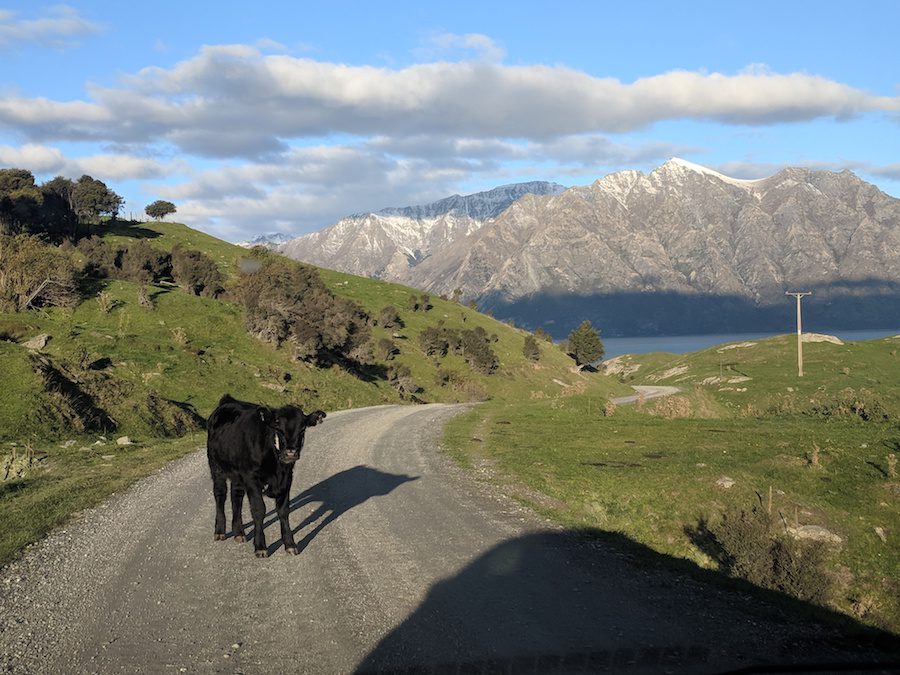
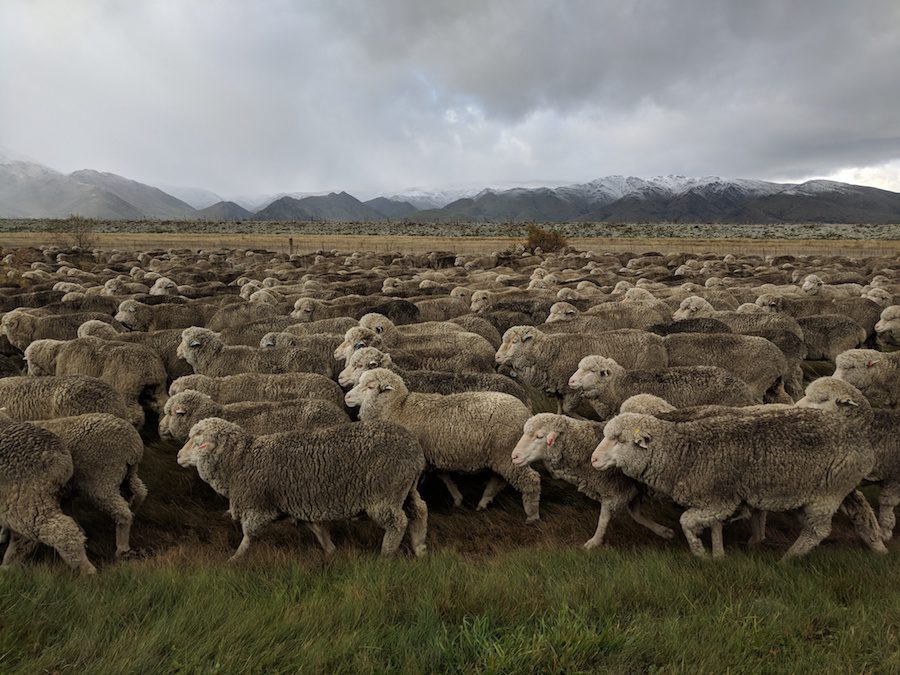
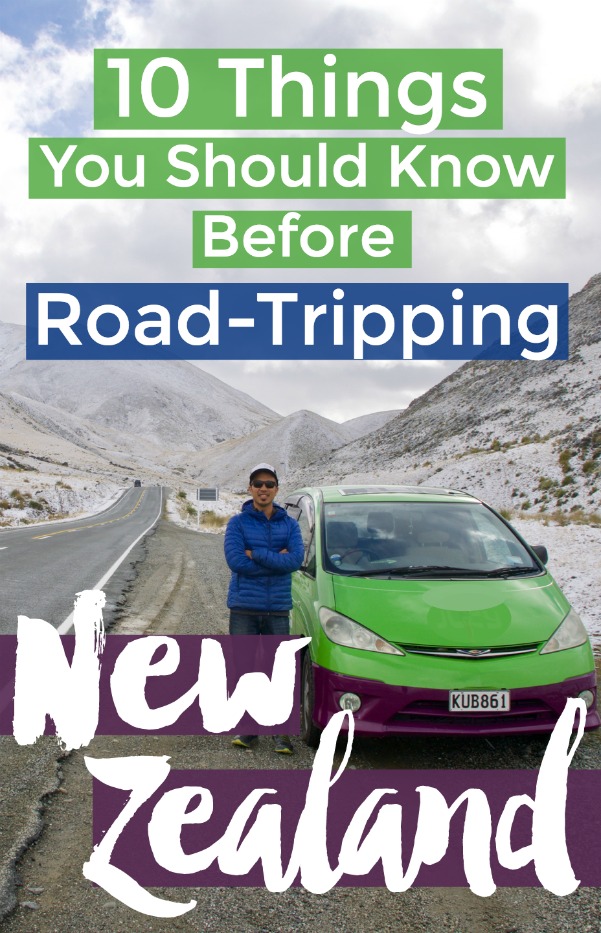


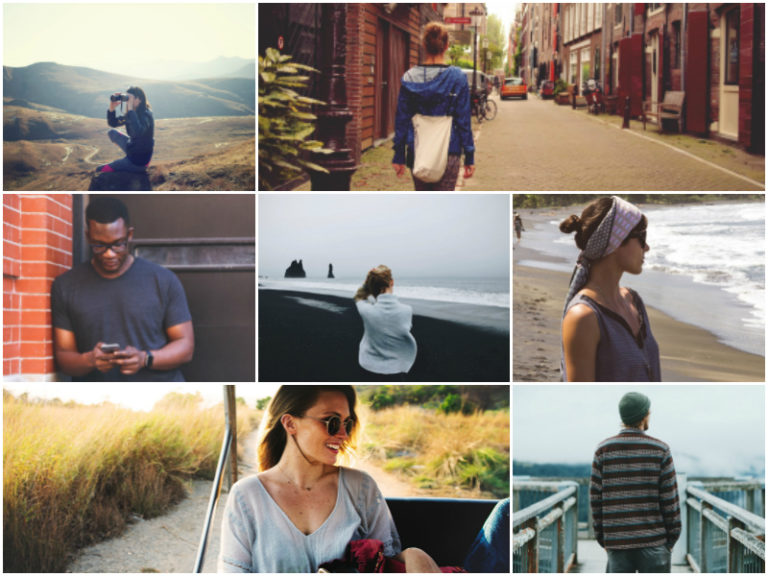
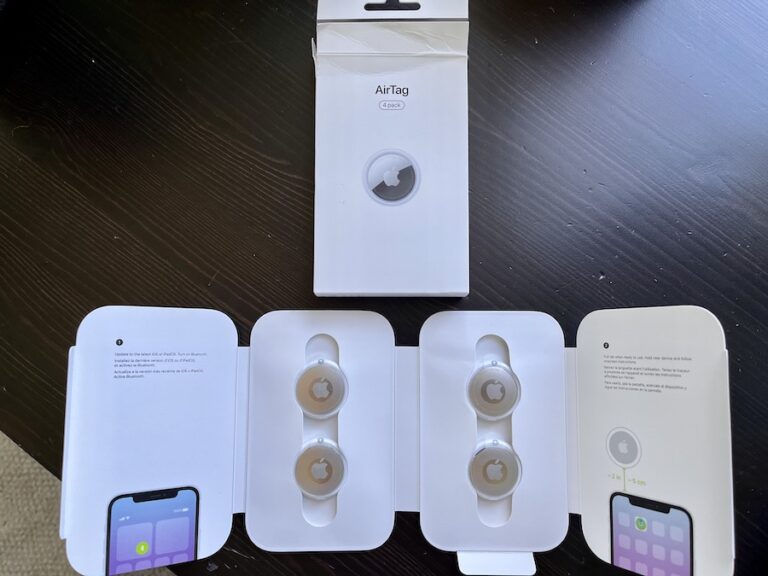
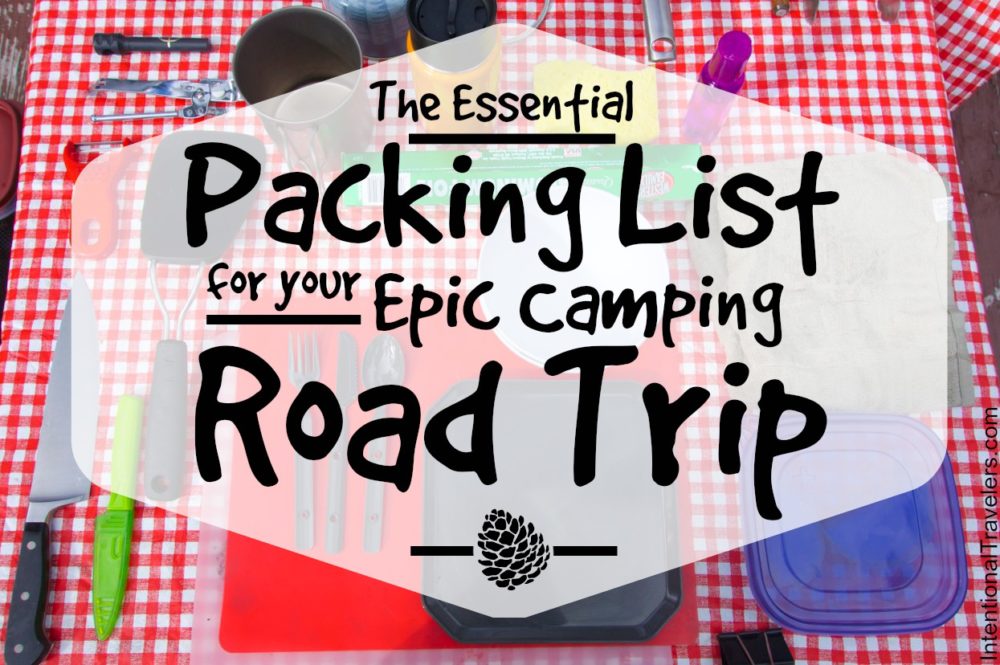

Wonderful! allt the images are very beautiful and eye-catching
Interesting reading about my own country – from the point of view of a nomadic traveller…